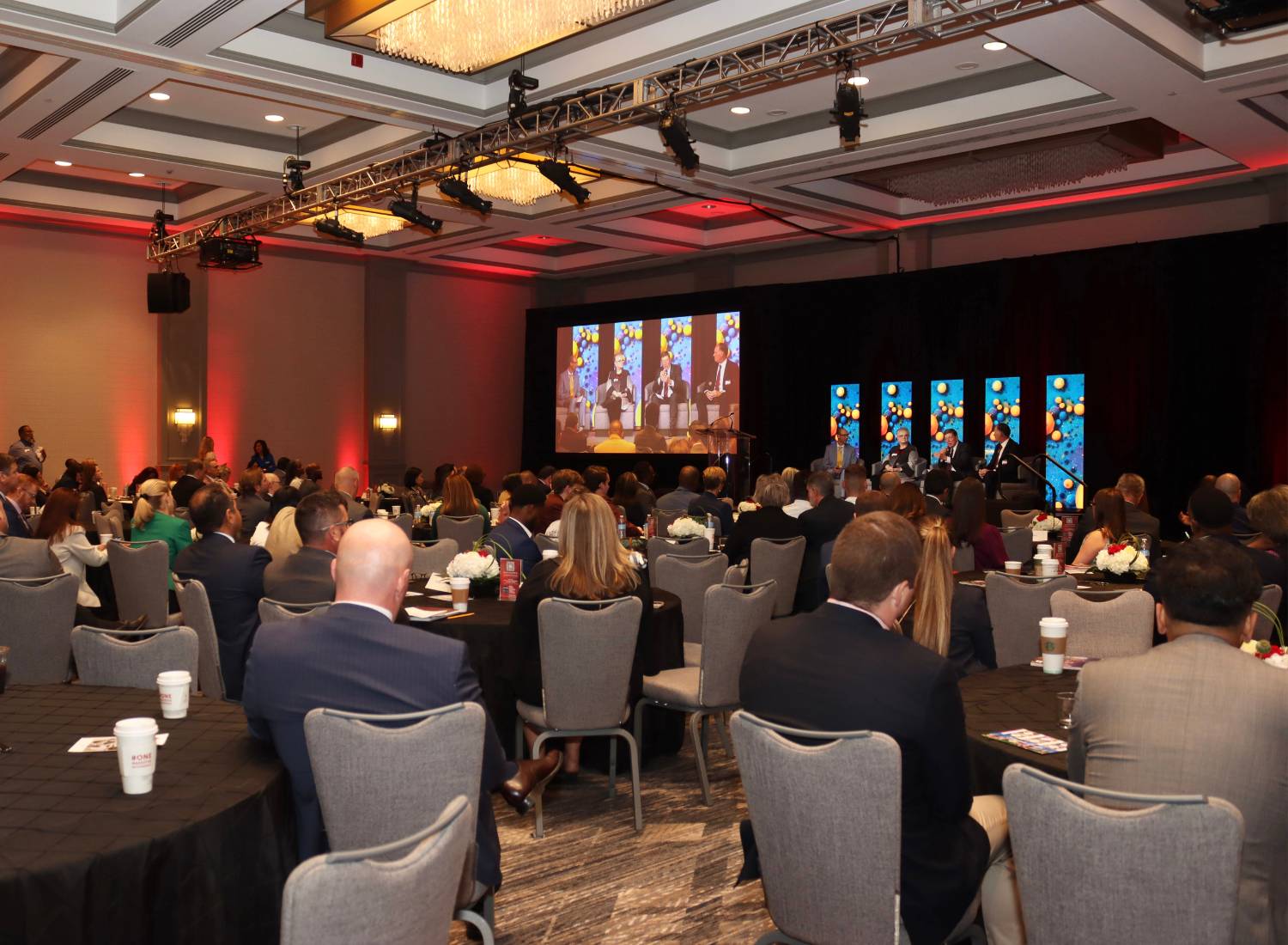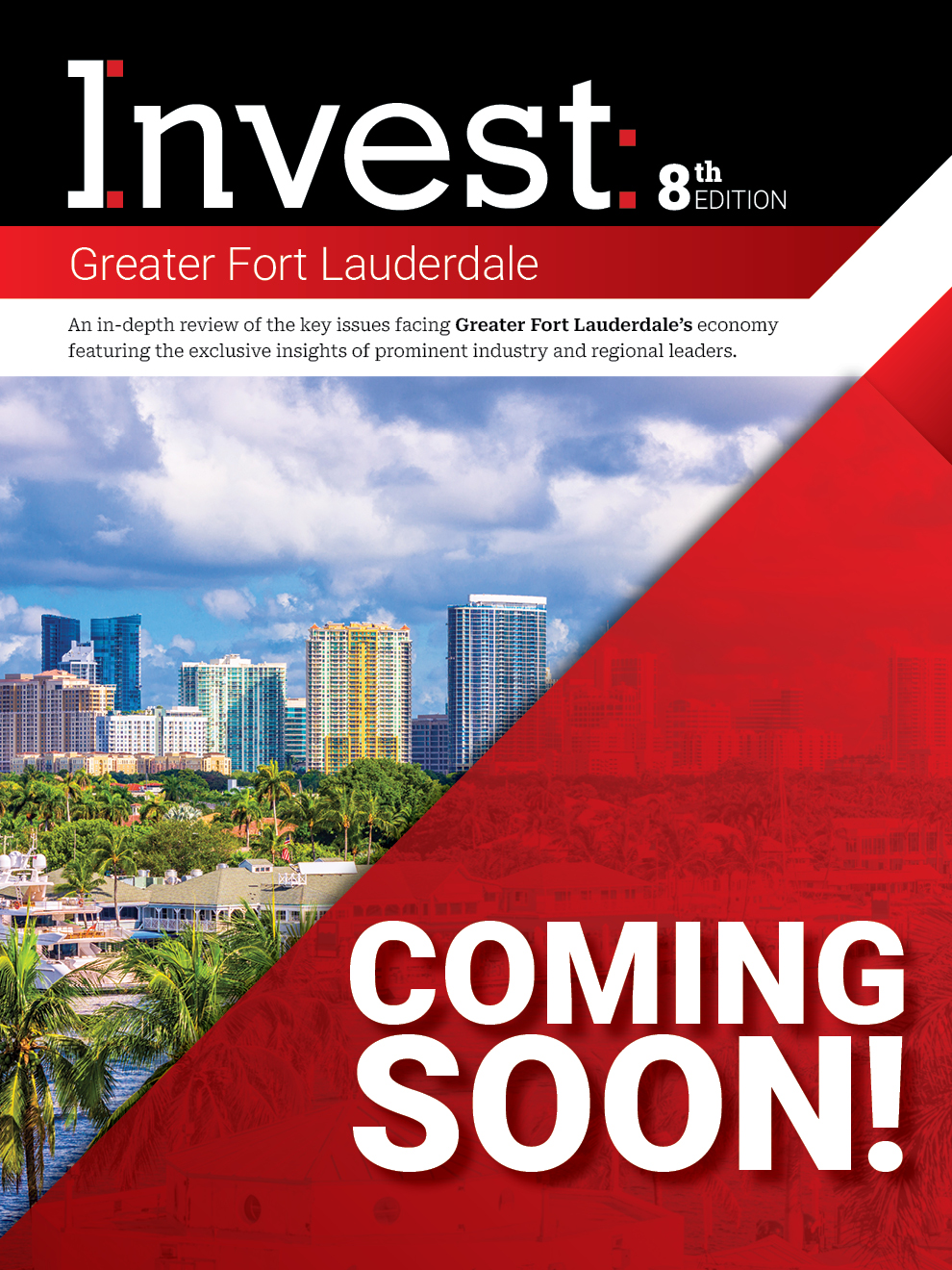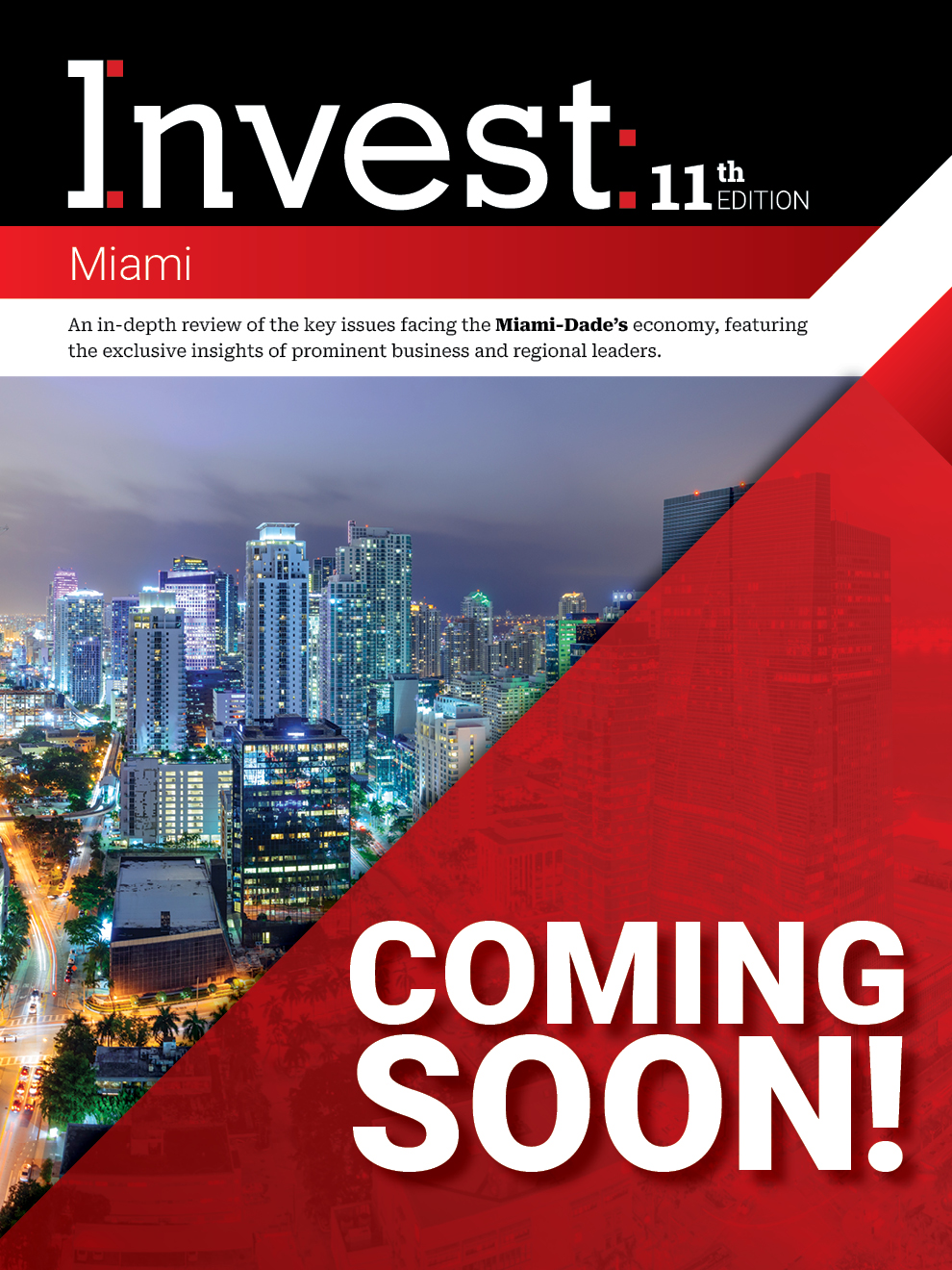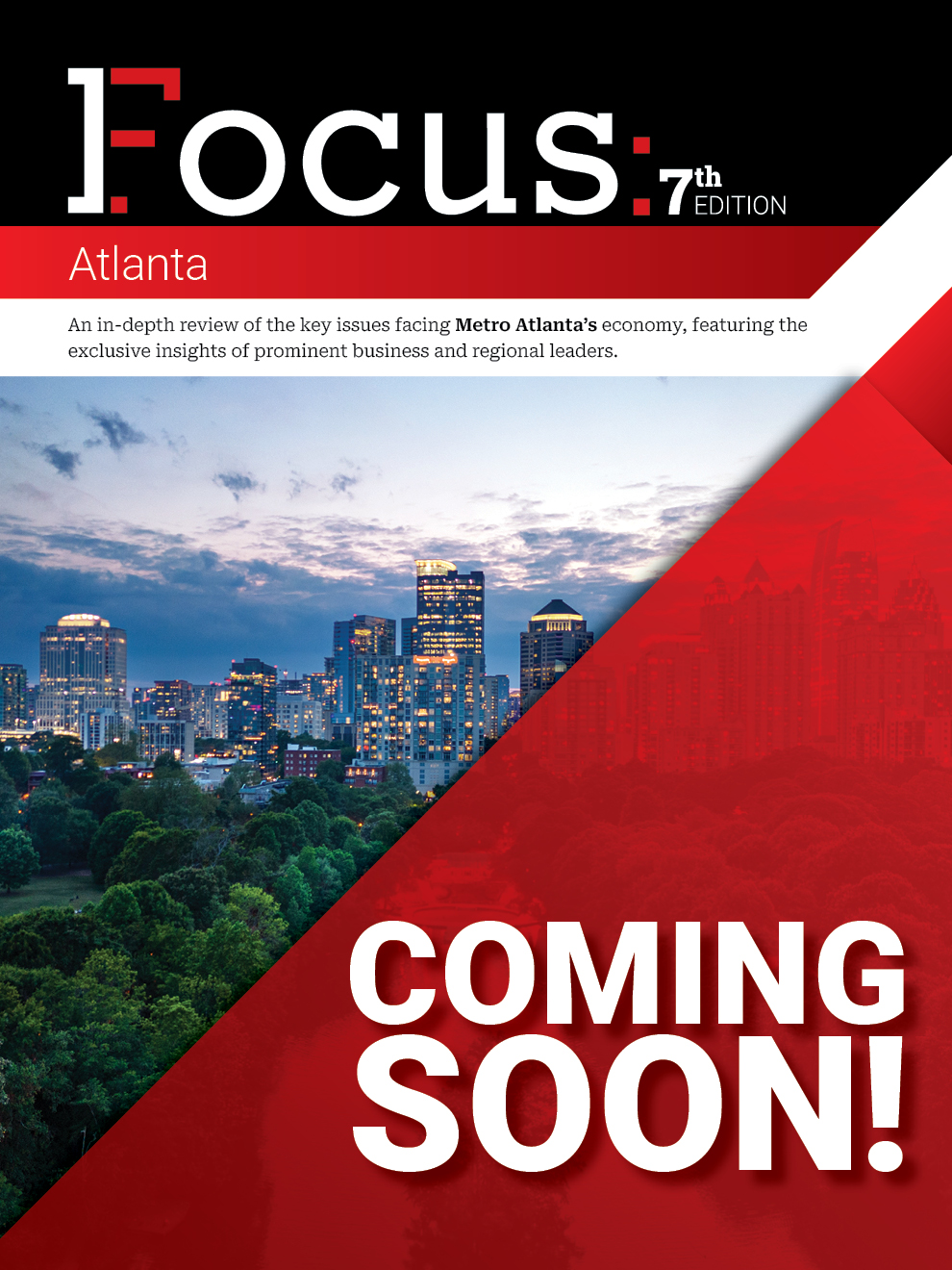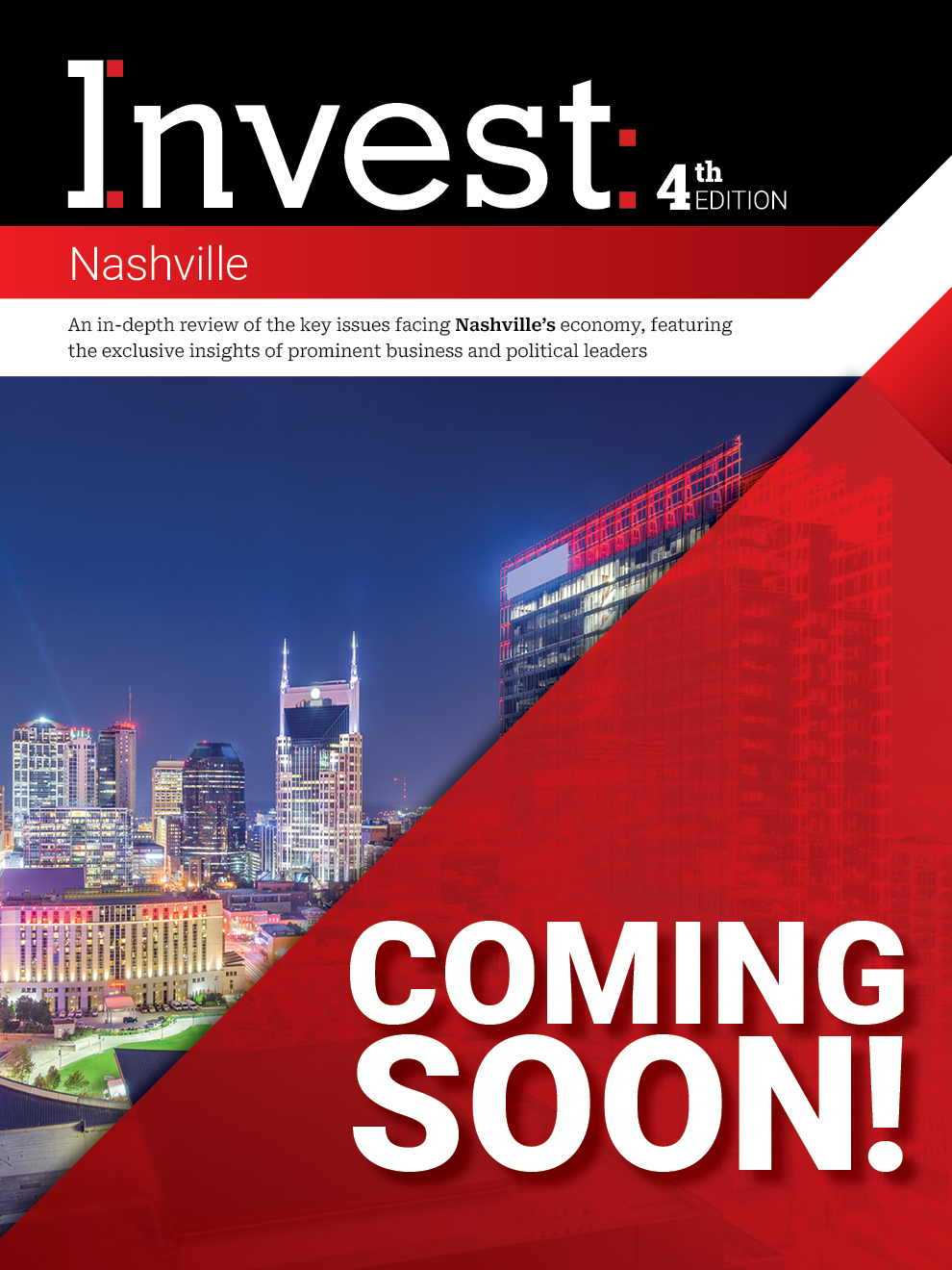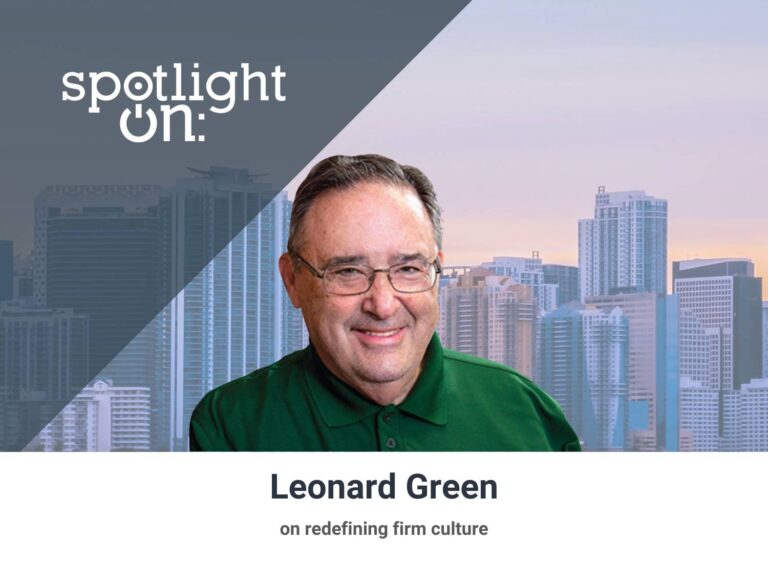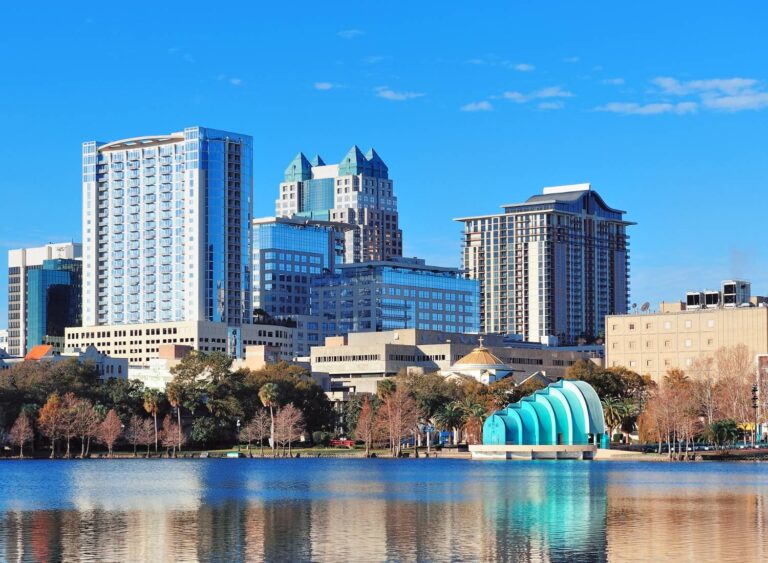Spotlight On: Sarah Cole, President & CEO, Glazer Children’s Museum
 March 2023 — Sarah Cole is the president and CEO of the Glazer Children’s Museum in Tampa. She sat down with Invest: to discuss the key highlights, achievements and projects the museum has accomplished, and what they are working toward in pursuit of an accessible learning experience for all families in the Tampa Bay area.
March 2023 — Sarah Cole is the president and CEO of the Glazer Children’s Museum in Tampa. She sat down with Invest: to discuss the key highlights, achievements and projects the museum has accomplished, and what they are working toward in pursuit of an accessible learning experience for all families in the Tampa Bay area.
What sets the Tampa arts and culture scene apart from other communities?
Tampa has really unique opportunities for arts and culture institutions, especially museums. The oldest children’s museums in the country are over a century old at this point and with that comes a pretty traditional approach to how things are done. The vibe in Tampa is very entrepreneurial and creative. “What if we do it this way?” instead. We are constantly looking for how we can adapt our programs and procedures to provide the best experience. A word that comes to mind is audacity. Tampa doesn’t do things halfway and that bravery and confidence is inspiring. It’s a fun place to have hopes and dreams for an organization because you know you’ll get there, and you know the community will support you every step of the way. We have a huge tourism, arts and culture market in the area with different flairs, and there is room for everyone, rather than everyone being in direct competition. That allows such a wide range of organizations to thrive.
What role does the museum play in the larger arts and culture puzzle in Tampa Bay?
We are in a unique position for arts, culture, business development and education that is often overlooked. Children’s museums, for many kids, are their first opportunity to visit a museum. It’s obviously a very different experience from other museums in the area, but those preschoolers coming in are realizing this is a place to absorb and learn about complex concepts in a very different way for the first time. Our belief is that by being in a place full of play and brightness, they will want to come back. Being here fuels the lifelong desire to learn things and encourages them to expand and explore. As schoolchildren get older, they will graduate to other museums. The museum is also a place for workforce development in a way that allows children to expand their desires to something outside of their careers, showing them they can learn and create no matter where they are or what they do. We are having a lot of conversations with the business community and higher ed that they are seeing an incoming workforce that is not as adept at creative, collaborative problem solving and doesn’t seem to have the grit and tenacity that employers expect. We know that for many it’s because they didn’t have enough free play as young children. We’ve taken an entire generation of kids and pushed them into structures maintained by adults, and we haven’t given them enough time to make mudpies. They need to build that executive function through play from a young age so that they can evolve with that skill for what they end up doing as adults. There are few entities that have a sole focus on play; we are proudly one of them.
What programs have been most effective in your approach to diversity, equity, inclusion and access?
You can’t do everything at once, which we wish we could do. We have to pick a few strategic initiatives in order to make the most of our impact. Our first initiatives have been in neurodiversity accessibility and affirmation. One in every 44 children is diagnosed with autism today, and even more with other aspects of neurodiversity. Creating an environment that isn’t only accessible for children with autism and children with neurodiversity, but a celebration of that, is our goal. We have three weeks of our Camp Imagination that are specifically Autism affirming, where we have behavioral therapists and speech-language pathologists on staff to support families who would benefit from them. Smaller class sizes are also important in our camps. We embrace how all of our brains work and help every child see the value in all types of minds. Our other major initiative is in financial access for families. We offer free admission days with the Children’s Board of Hillsborough County Free Tuesdays, internal scholarship opportunities for Title 1 schools and camps, and we are participants in the Museums For All program, which allows families who receive SNAP benefits to access the museum any time at a deep discount. We will continue to explore areas we could be doing more, and we want everything we offer to reflect the amazing diversity of our community. We have moved from being a group that talks about what we can do to an organization that takes action.
What other projects are on your agenda looking ahead?
We have just finished up our strategic plan, so we are looking to kick that off. This year will be absolutely bonkers for us. For the next three years, we will be home to Big John the Triceratops. He is the largest triceratops ever discovered and the first real dinosaur fossil to come to the area in recent memory. Big John is on loan to us from Sidd Pagidipati and his family, who purchased him at auction a few years ago. We have always offered great exhibits and programs, but this is entering the next level for us and the start of a new era for the organization. We are pushing the boundaries of what a children’s museum is in our market and what family learning and engagement looks like for everyone. We want Tampa to be proud to be home to one of the best children’s museums in the world.
For more information, visit:

